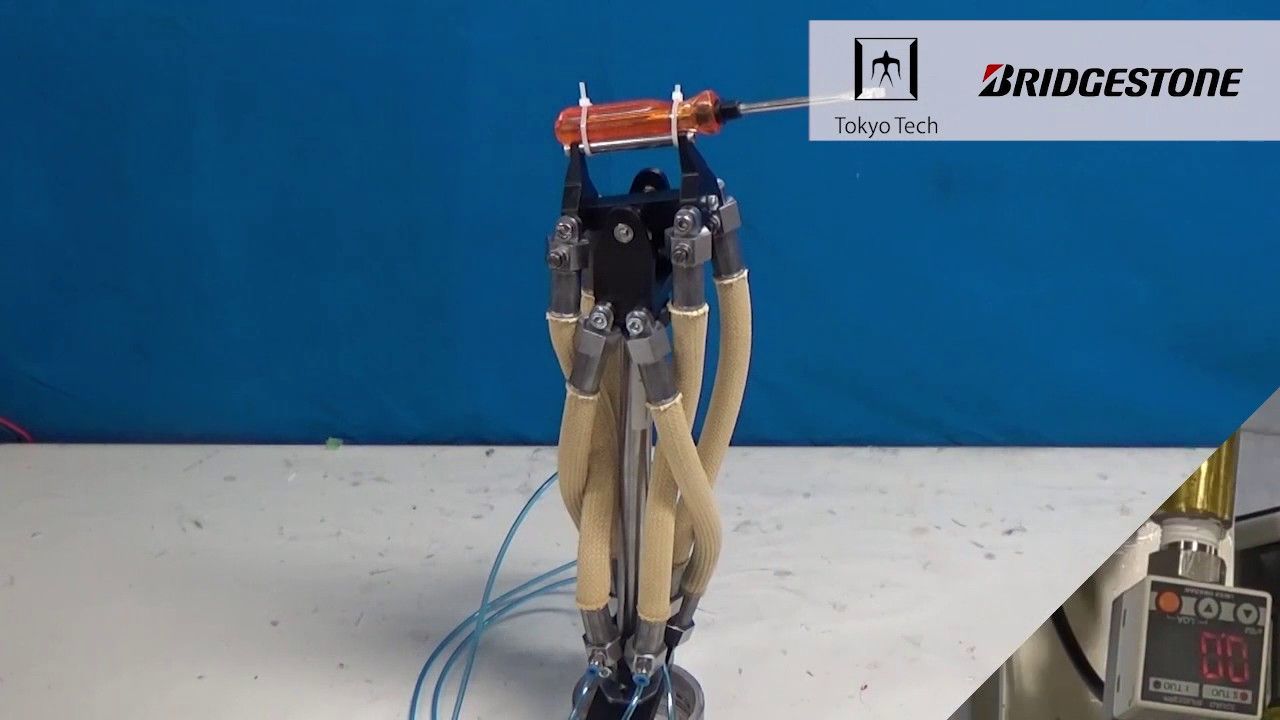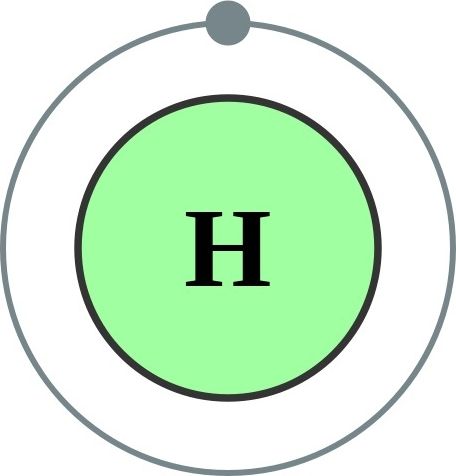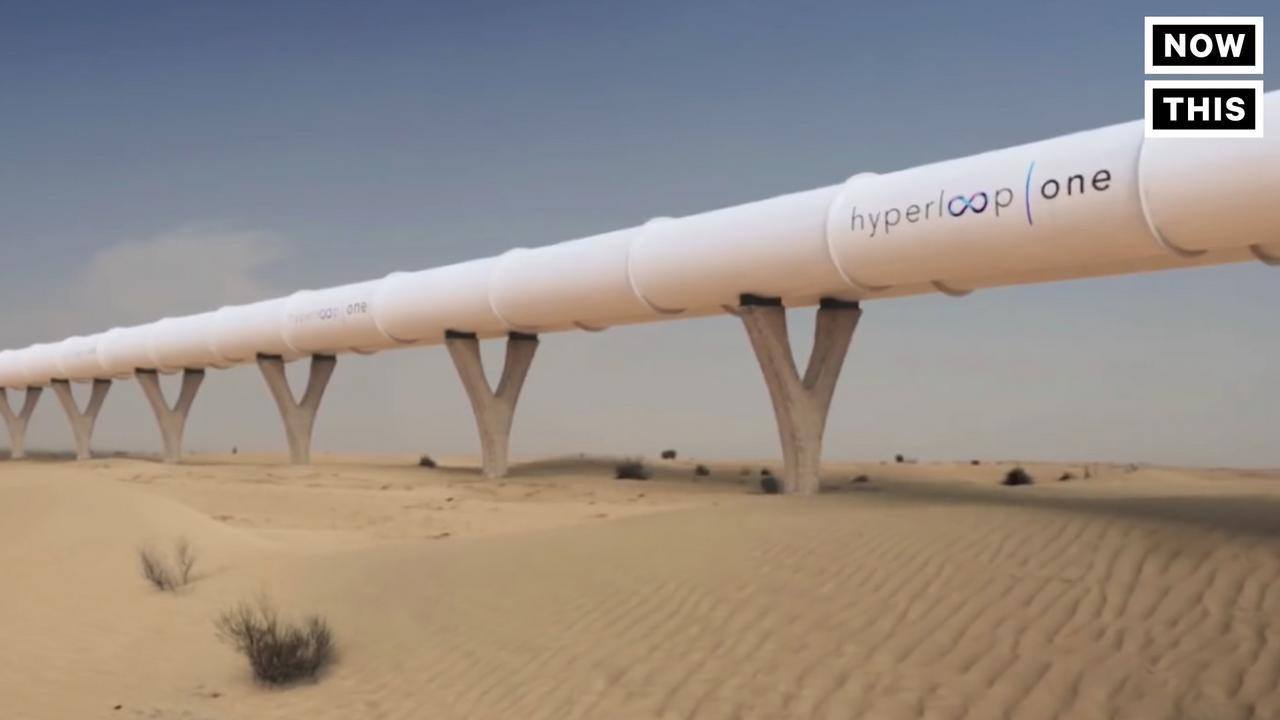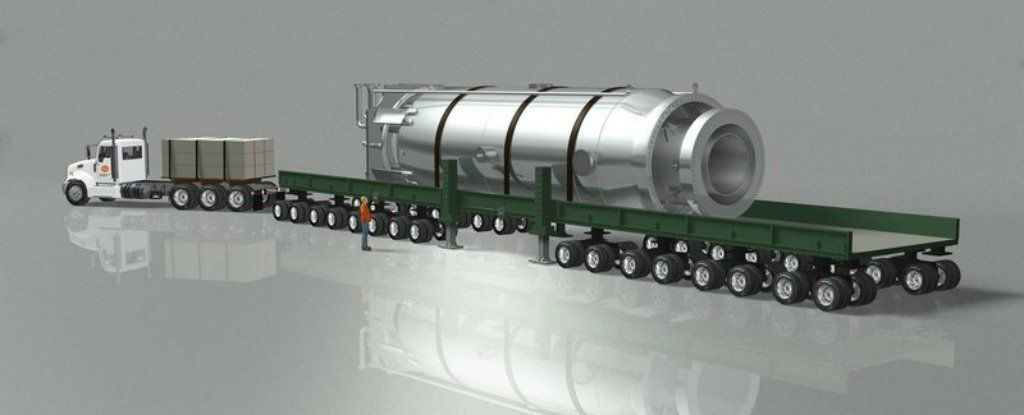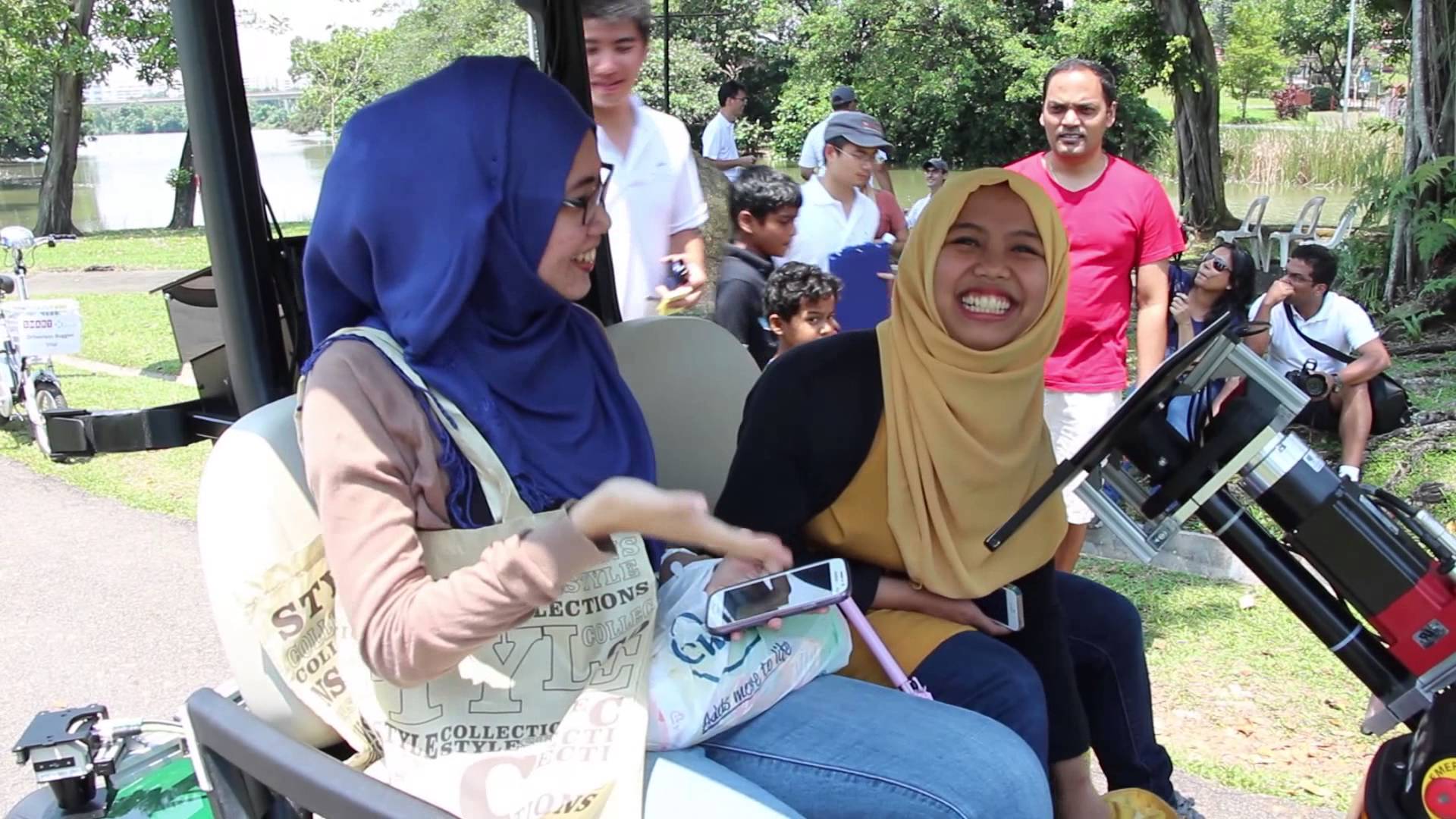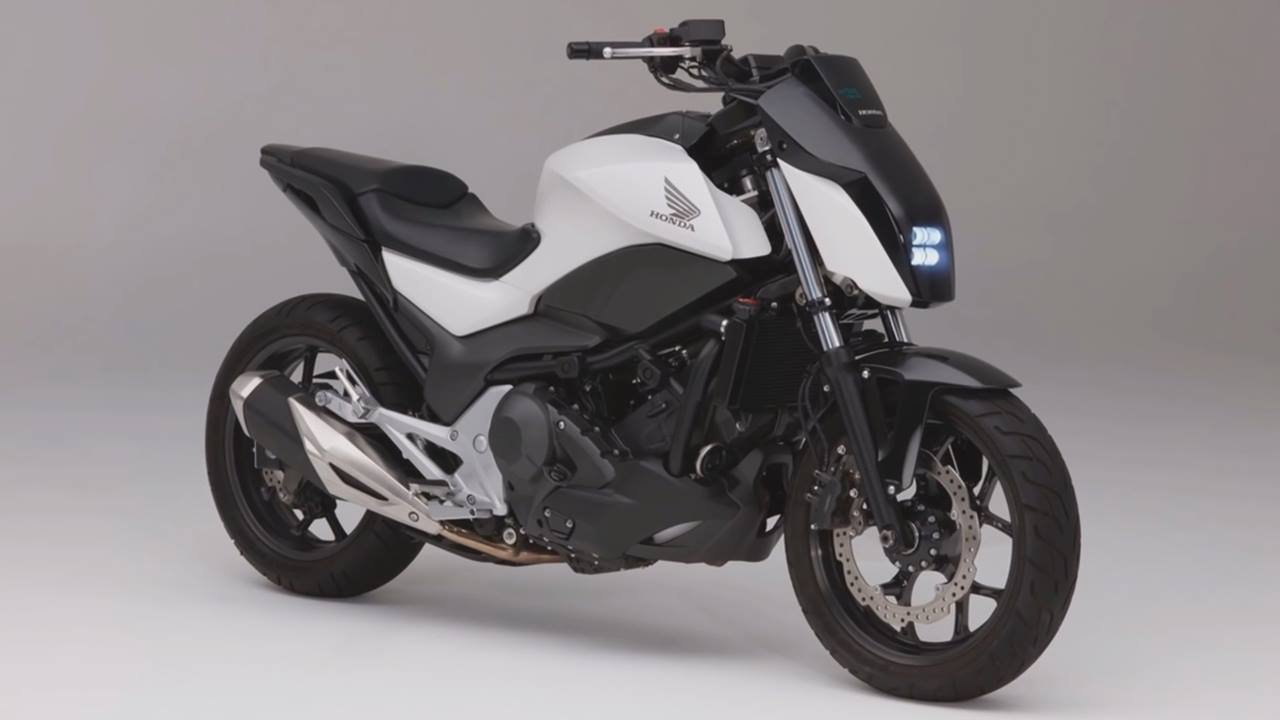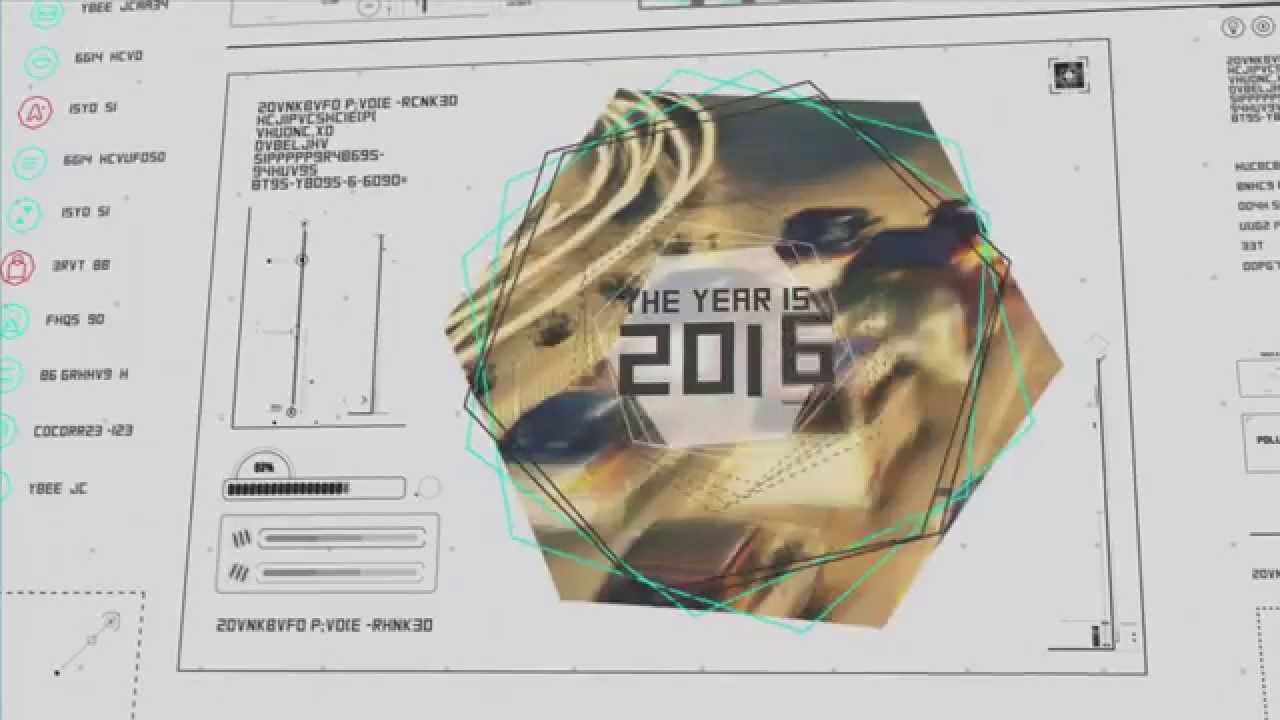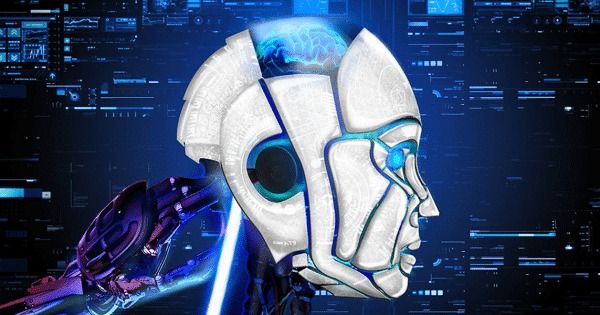Jan 28, 2017
Hydraulic muscle makes for tougher, stronger disaster-site robots
Posted by Klaus Baldauf in categories: nuclear energy, robotics/AI, transportation
The idea of using robots as the go-to for handling disaster situations isn’t new, but part of the problem has been how to build robots light enough to move about easily, yet are strong enough and tough enough to handle things like a smashed up nuclear reactor. As part of the answer, the Tokyo Institute of Technology and Bridgestone Tires have partnered to develop a new hydraulic robotic muscle that is lightweight, yet is five to ten times as strong as conventional electric motors and much more durable.
The locations in disaster areas where the responders are needed most urgently are often the ones that are the hardest to get to, precisely because they’ve been hit so hard. The 2011 Fukushima nuclear disaster is a prime example. Despite the damage done to the nuclear power plant by the sea wave that struck it, the subsequent explosion and meltdown could have been avoided had emergency workers been able to reach it with the right equipment in time to make repairs and re-power the cooling systems.
Continue reading “Hydraulic muscle makes for tougher, stronger disaster-site robots” »
